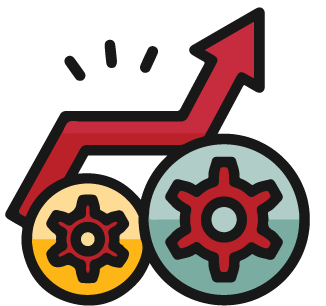We frequently hear the saying, “Justice delayed is justice denied,” but in India, it has become the norm. Nearly 4 crore cases are pending in district and subordinate courts alone, out of a total of over 5 crore cases pending at all judicial levels as of 2025. While new cases keep coming in, some litigants wait decades for a resolution. Whether India has a backlog issue is no longer the question; rather, it is how we can address it.
Let’s investigate workable, creative, and realistic solutions that have the potential to revolutionise our legal system.
Why Does the Backlog Persist?
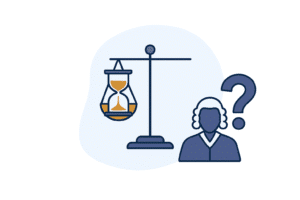
Before we talk solutions, it’s important to understand the bottlenecks:
-
Judge Vacancies: India has only about 21 judges per million people, far below the global average of 50+.
-
Adjournment Culture: Frequent delays and procedural loopholes often stretch cases unnecessarily.
-
Infrastructure Gaps: Many courts still lack proper digital systems, support staff, or even basic facilities.
-
Complex Legal Procedures: Lengthy procedures in both civil and criminal cases slow down disposal rates.
1. Technology First: Towards Smart Courts
The pandemic demonstrated that courts can operate virtually. However, technology is capable of much more: Consider an AI-powered case triage system that sorts incoming cases into three categories: urgent, routine, and frivolous. Serious cases proceed more quickly in this manner, and low-stakes, repetitive cases are eliminated.
A central digital repository where evidence can be uploaded, checked, and shared between parties, virtual evidence rooms can save months of paperwork delays.
Digital Helpdesks: Chatbot-powered support to assist citizens with tracking, filing, or referrals for mediation around-the-clock.
2. ADR as the Default, Not the Alternative
Instead of viewing mediation and arbitration as optional, they should become mandatory first steps for civil, family, and property disputes.
-
Lok Adalats already prove this works, in 2023, over 8 lakh cases were resolved in a single day in Madhya Pradesh.
-
Mandatory “Pre-litigation Mediation” can slash the volume of cases entering courts.
3. Specialized Fast-Track Panels

Different disputes require different tracks, so a general approach won’t work. AI-based online penalty systems, which have already been tested in Telangana – are used to address traffic infractions. Dedicated weekend courts handle cases involving bounced checks.
Matrimonial disputes: a hybrid model that combines mandatory mediation with expedited family court proceedings. Petty criminal cases: minor trials are concluded during “clearance weeks,” which are held twice a year.
Suo motu fast-tracking of minor cases by the Madras High Court is a great model.
4. Expanding Judicial Muscle
-
Hiring retired judges as “backlog warriors” on contractual terms.
-
Evening or weekend courts in high-pendency districts.
-
Rotational hearing slots: Judges work in shifts to maximize case disposal time.
If India increased judicial strength by even 10% annually, nearly 1 crore cases could be cleared in five years.
5. Data & Accountability: Making Courts Transparent
The National Judicial Data Grid (NJDG) already tracks pendency. The next step is public dashboards where citizens can see:
-
Average disposal time per case category.
-
Judge-wise pendency data.
-
State-by-state performance.
This not only builds accountability but also pressures courts to meet benchmarks, like civil trials in under 12 months (a standard in Singapore).
6. Bold & Innovative Future Ideas
Here’s where India can leap ahead, not just catch up:
-
AI Judges for Minor Disputes: Pilot robo-judges for traffic challans and small-value cases, leaving human judges free for complex trials.
-
Mobile Justice Vans: Equipped with digital systems, traveling to rural areas for on-the-spot resolution of simple disputes.
-
Crowdsourced Legal Aid: Law students, retired lawyers, and NGOs assisting via a government-monitored platform to reduce frivolous cases.
-
Blockchain in Evidence: Timestamped, tamper-proof digital records to eliminate document manipulation.
-
Gamified Legal Literacy: Apps where citizens learn about ADR and legal rights through quizzes, simulations, or rewards.
The Road Ahead
Clearing the backlog isn’t about one magic bullet; it’s about combining tech innovation, ADR, judicial capacity building, and cultural change. Pilot projects across states already show promise: virtual hearings, Lok Adalats, and specialised benches are working. If scaled nationally, India could reduce its backlog by 40% within five years.
Final Thought
Justice is not just about the verdict, it’s about timeliness. With bold reforms, innovative pilots, and citizen engagement, India can move toward a future where “justice delayed” is no longer justice denied.
✨ How Edzorb Law Can Help Aspirants & Citizens
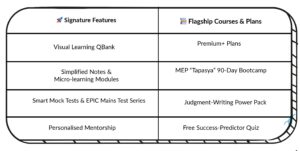
For judiciary aspirants, understanding these reforms isn’t just academic, it’s the future of law practice. Edzorb Law equips you with Personalised Mentorship, Mock Tests, Flashcards, and Visual Learning Notes to master both traditional concepts and modern legal developments like backlog reduction, ADR, and tech-driven courts.
Stay ahead, not just in cracking the exam, but in becoming part of the change India’s justice system needs. 🚀

 Podcast
Podcast
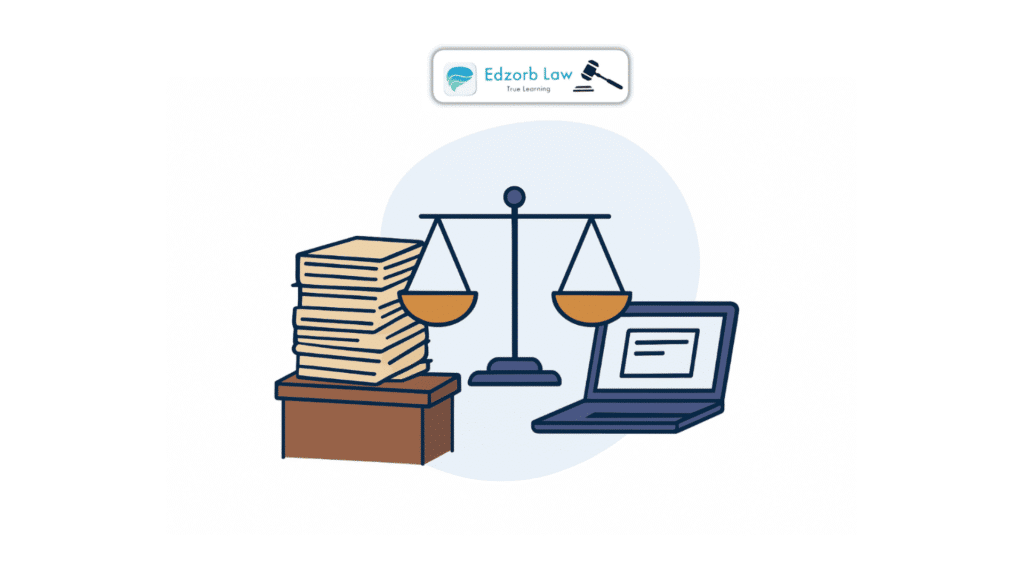

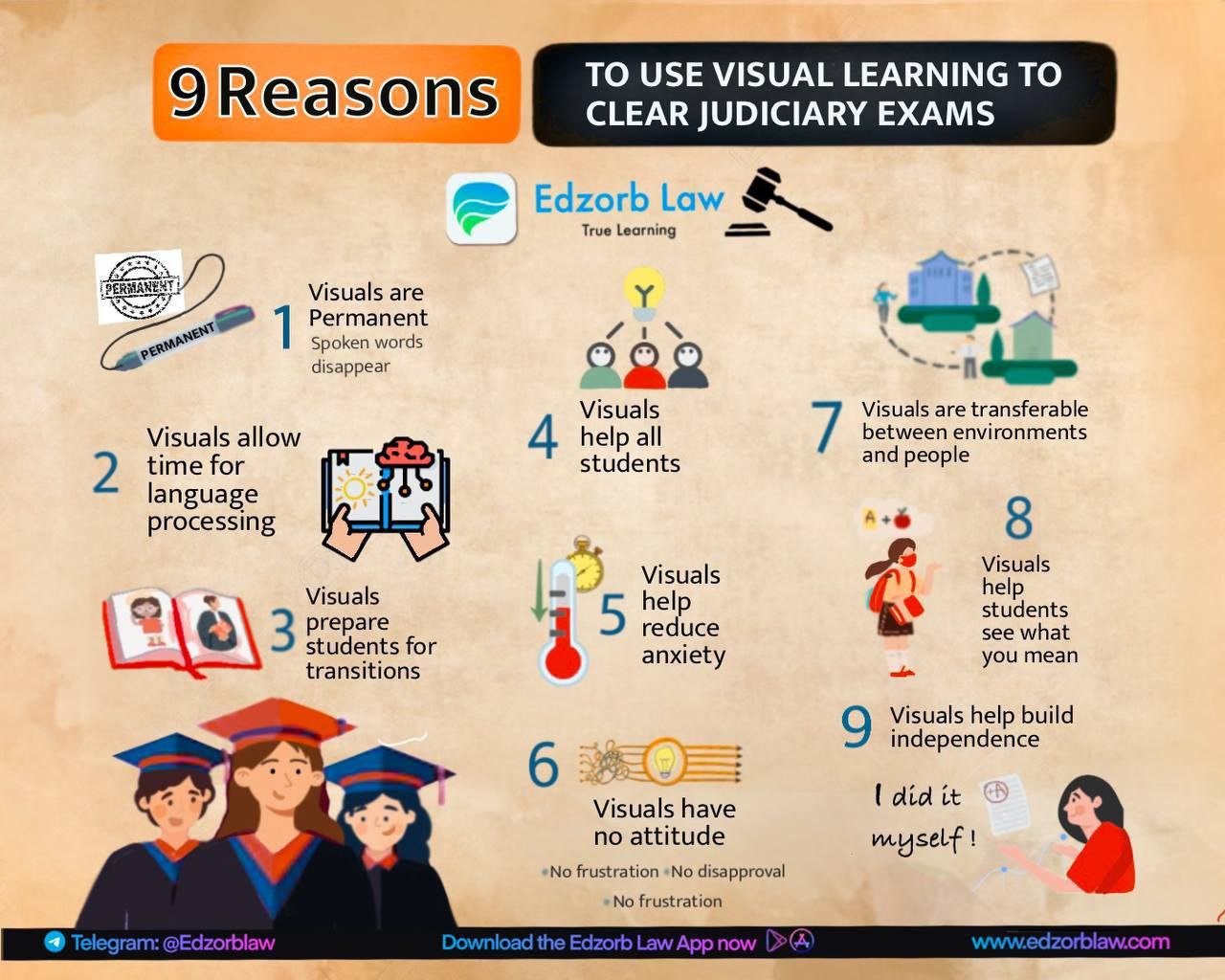


 Features
Features